Loading
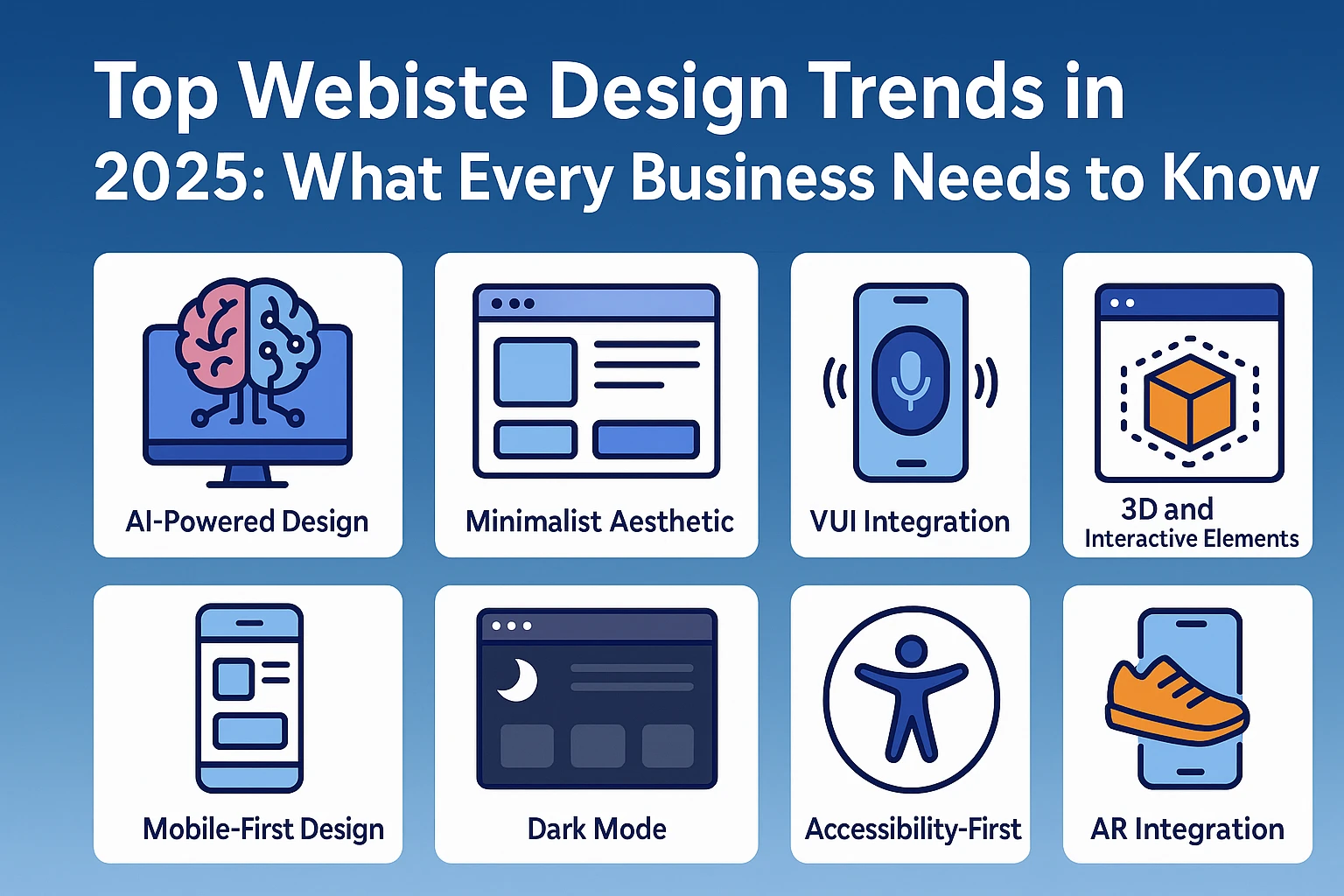
In today’s fast-moving digital world, your website is more than just a digital brochure—it's your brand's first impression. As we head into 2025, web design trends 2025 are transforming how businesses connect with users online. This guide explores the top emerging web design innovations, helping you stay modern, SEO-friendly, and conversion-focused.
Web users are becoming increasingly discerning. If your website feels outdated, they’ll bounce. Trends not only influence aesthetics—they guide usability, accessibility, and search engine optimization (SEO).
A modern, trend-aware site improves engagement, lowers bounce rates, and enhances your credibility—all factors that drive ROI.
AI tools now suggest designs, colors, and layouts based on real-time user behavior. Expect more sites using machine learning to tailor content, layout, and calls to action dynamically.
From automated A/B testing to layout optimization, AI helps businesses create modern website designs that adapt and convert better.
Flat, simple UI with subtle animations and whitespace will dominate. This boosts both speed and focus.
Mega menus are out. Compact, guided menus are in—especially for mobile users.
Minimal designs load faster, reduce bounce rates, and align with Google's Core Web Vitals ranking signals.
With the rise of smart assistants, users expect voice-friendly interactions. Websites in 2025 must support voice search optimization.
This includes structured data, natural language processing (NLP), and quick-loading voice-enabled APIs.
Used to indicate actions or offer feedback, micro-animations make UI feel responsive and alive.
Gives depth to the page and makes scrolling engaging—perfect for storytelling websites.
Especially useful in eCommerce, these allow users to rotate, zoom, and explore products interactively.
Designers prioritize touch-friendly interfaces, vertical scrolling, and minimal text input.
Responsive design now includes devices like foldable phones and smart glasses, demanding flexible layouts.
Users want choice. Providing a toggle for dark/light mode boosts engagement and accessibility.
Dark mode can reduce energy use on OLED screens and aligns with sustainability goals—indirectly affecting page experience scores.
Making your site usable for all users, including those with disabilities, is not optional—it’s law in many regions.
Alt texts, keyboard navigation, readable fonts, and color contrast are crucial.
Smart sites track scrolls, hovers, and clicks to personalize CTAs and display custom offers.
Geo-targeted banners, returning visitor greetings, and time-of-day themes are all in trend.
Think virtual try-ons, room previews, or how-to tutorials—AR brings product experience to life.
Especially impactful in fashion, eyewear, and home décor industries.
Eco-conscious consumers prefer brands that walk the talk. Hosting on green data centers reduces your digital carbon footprint.
Minimizing code bloat means faster sites and fewer server resources—win-win for SEO and the planet.
These fonts adjust weight and style in real-time, saving bandwidth and improving UX.
Clean, unique fonts become a brand asset—especially on minimalist layouts.
Subtle animations guide users naturally, improving UX without distracting from content.
Tools like Webflow, Wix Studio, and Framer let marketers and business owners build professional websites without code.
Expect more AI-powered drag-and-drop platforms integrated with SEO, analytics, and ecommerce tools.
Tools like Hotjar, Microsoft Clarity, and Google Analytics 4 inform design tweaks based on real user behavior.
Testing different layouts, buttons, and headlines lets you discover what converts best.
Mobile usability, interactivity (INP), and visual stability (CLS) are central to design success.
Fast-loading, stable, responsive pages that follow modern website design principles rank better.
Regular audits, using scalable CMS, and staying plugged into design communities help future-proof your site.
Look into AI design co-pilots, headless CMS platforms, and Web3-integrated experiences.
Web design trends 2025 are all about delivering fast, accessible, personalized, and immersive experiences. Whether you're a startup or an enterprise, embracing modern website design principles is no longer optional—it's essential. By adopting these trends now, you future-proof your business for success in an ever-evolving digital landscape.
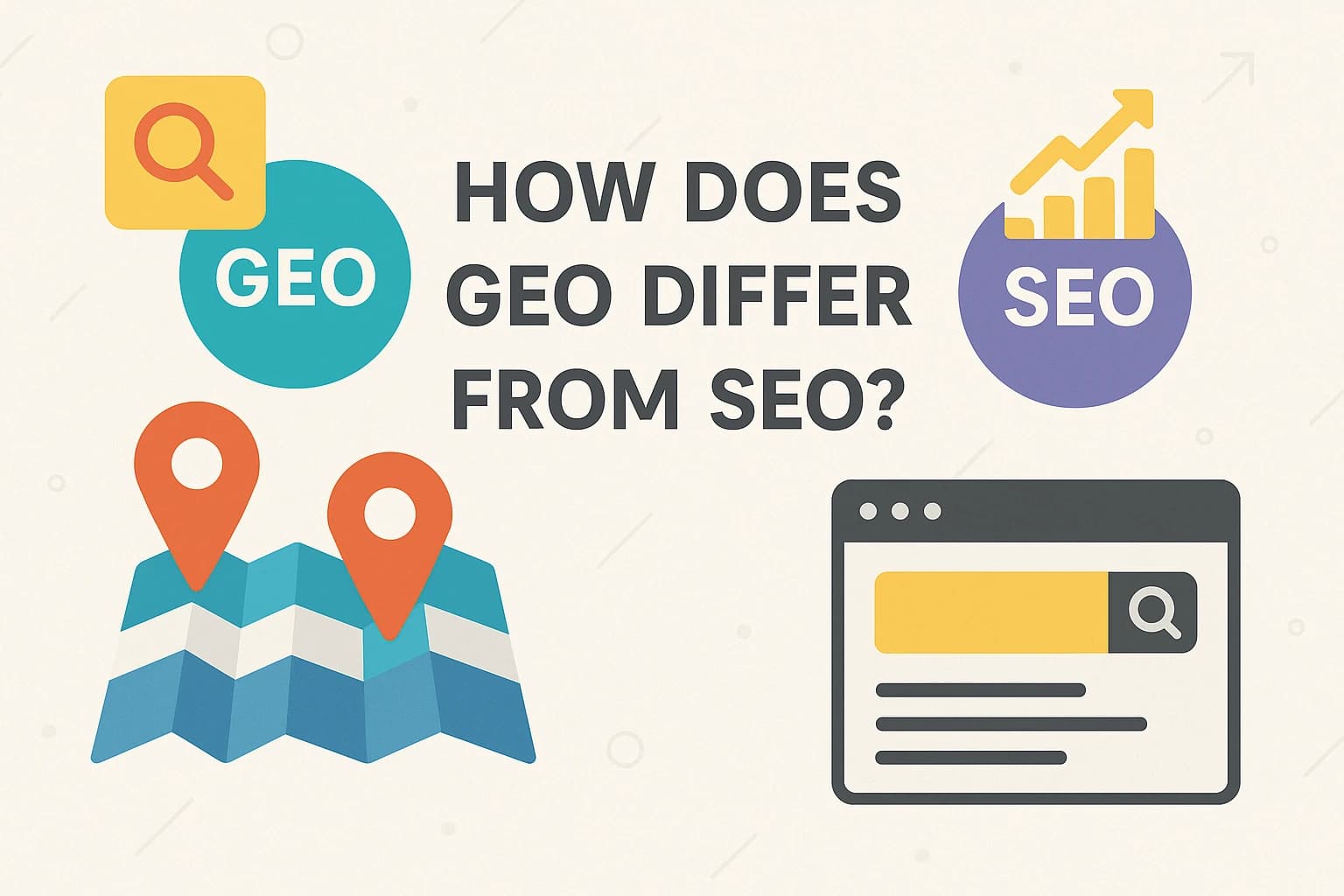 Previous Post
Previous PostHow does GEO differ from SEO? Discover the key differences between GEO and SEO, how they impact your digital marketing strategy, and when to use each one.
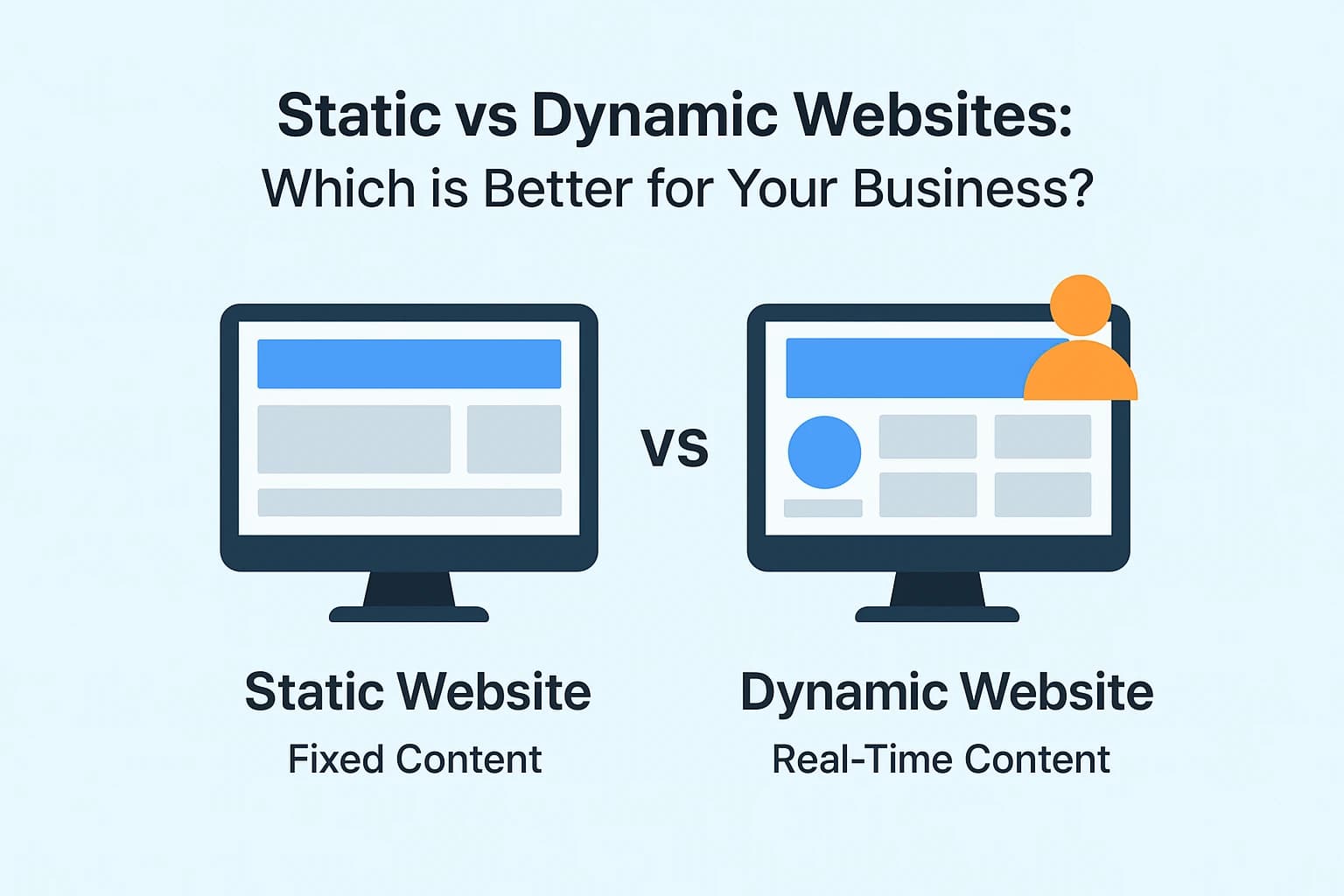 Next Post
Next PostStatic vs Dynamic Websites: Which is Better for Your Business? Learn the pros, cons, and key differences to help you choose the best website type for your brand
Please login to post a comment
No comments yet. Be the first to comment!
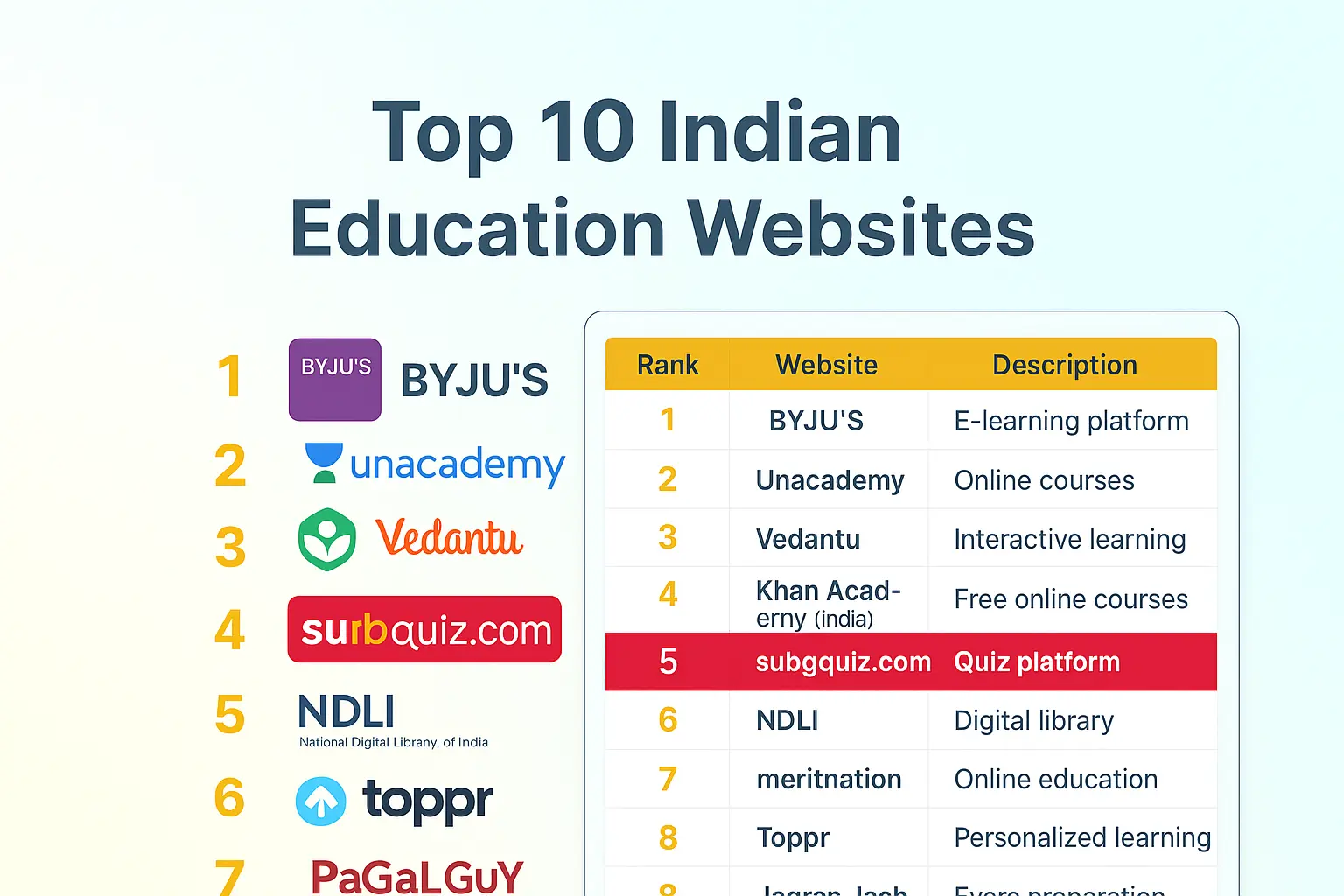
10/4/2025
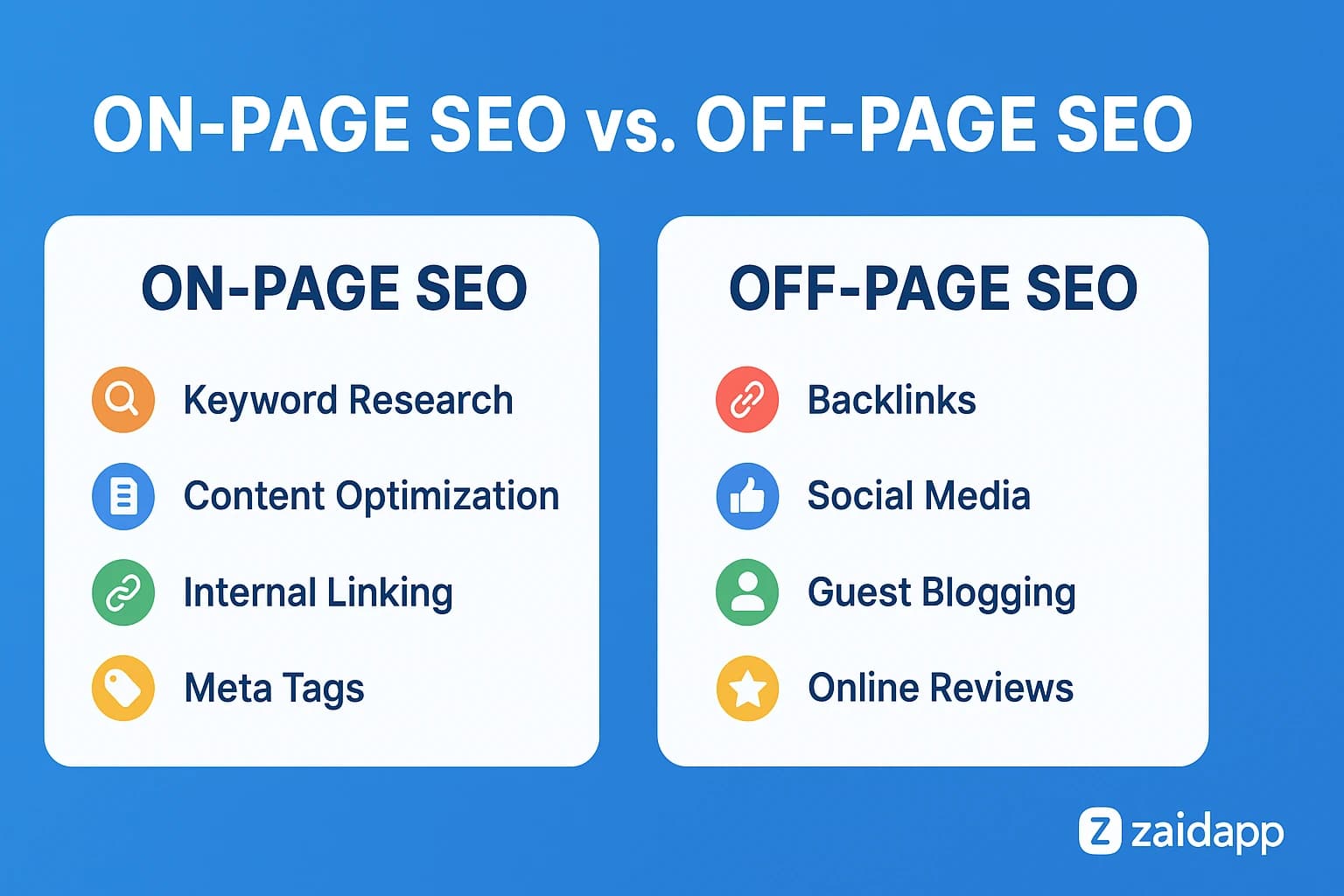
9/5/2025
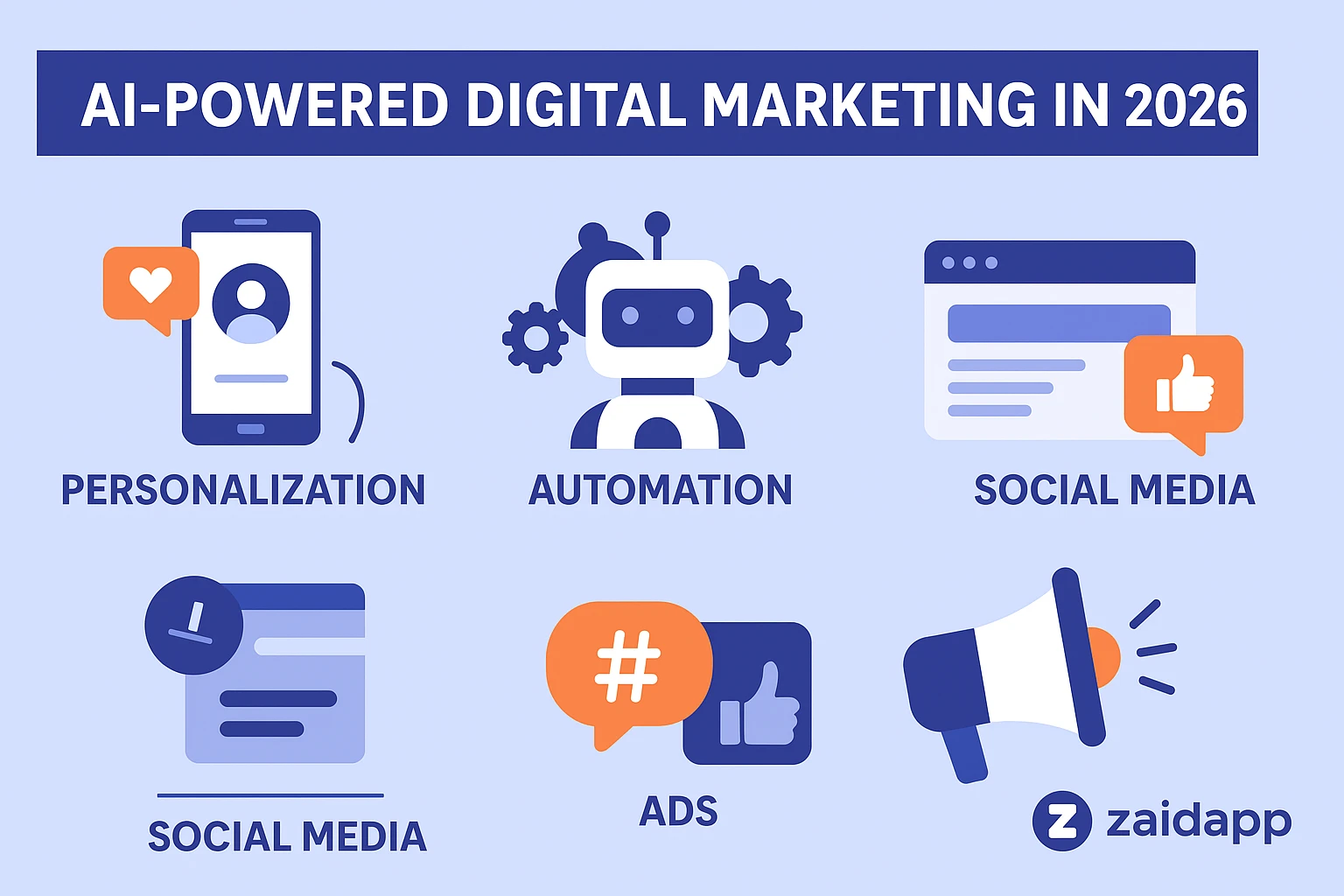
9/16/2025
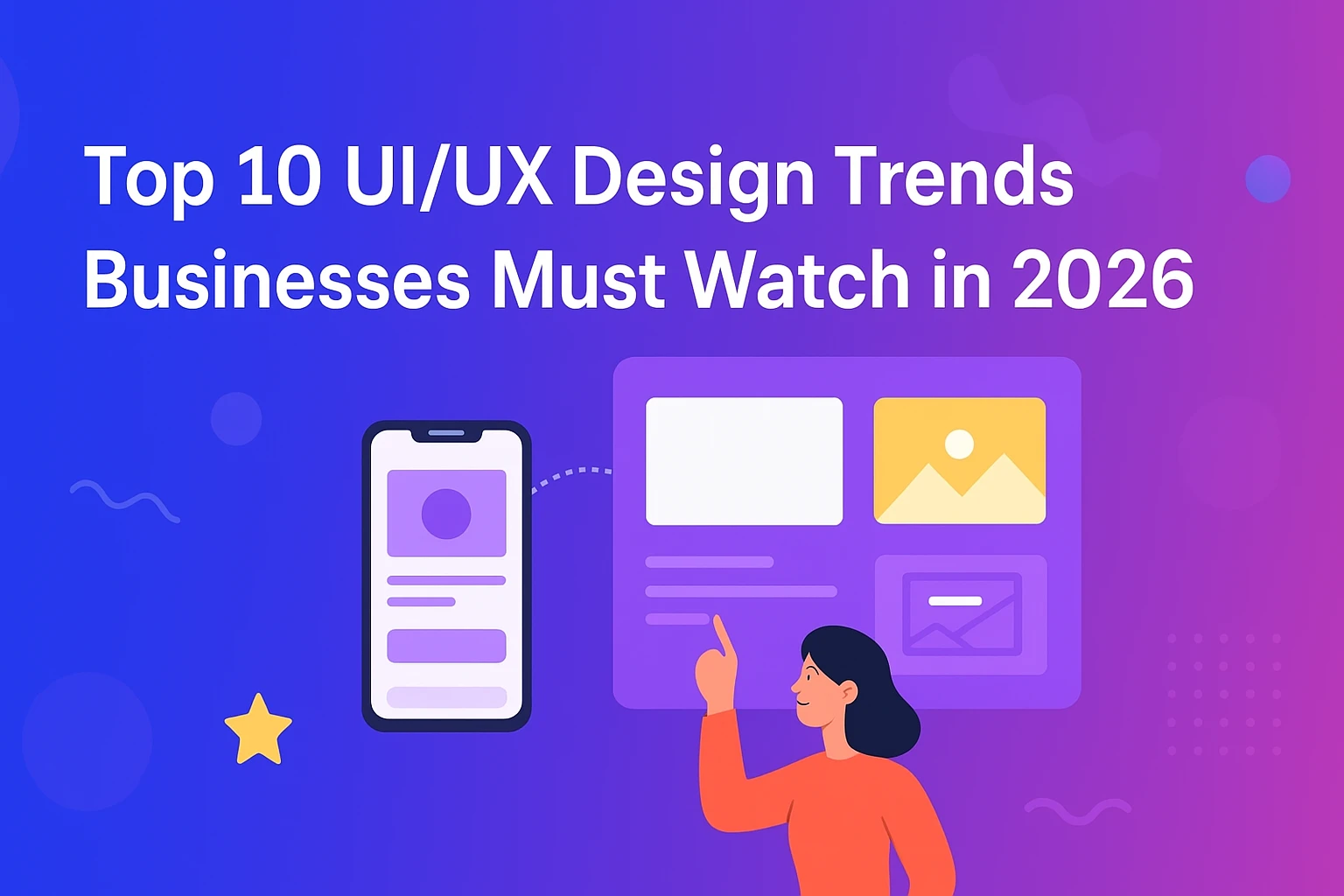
10/14/2025

10/31/2025